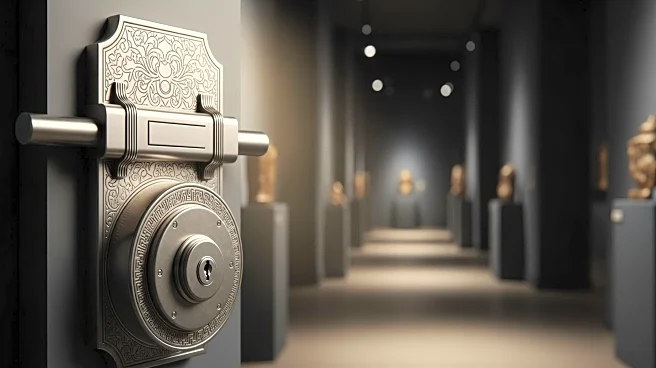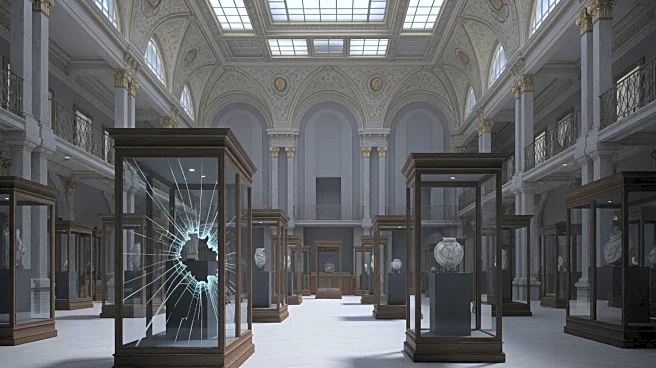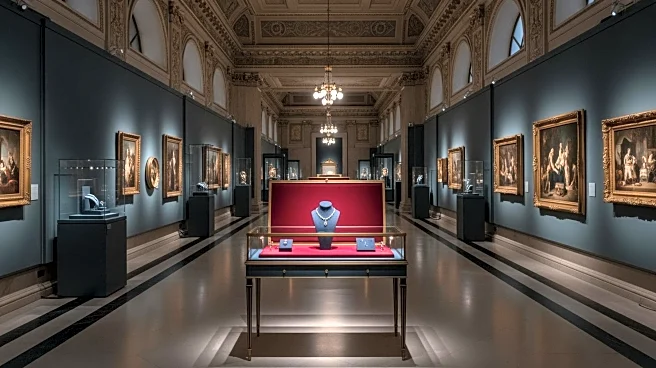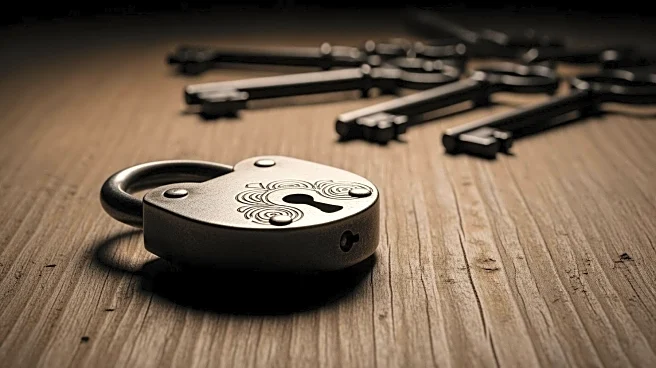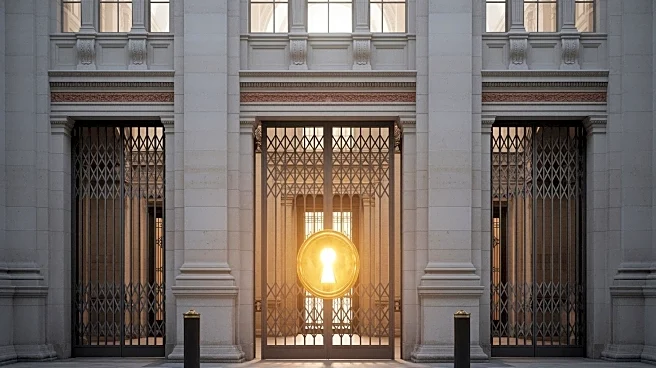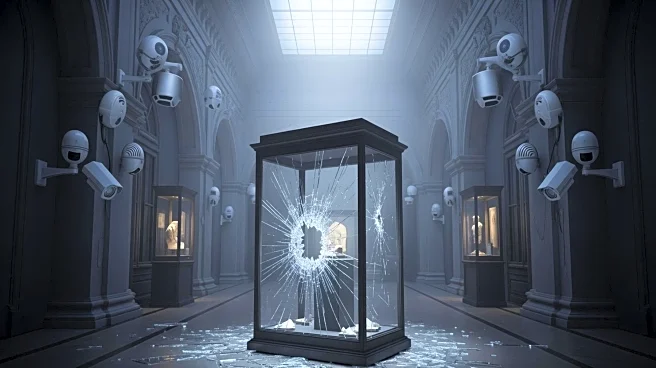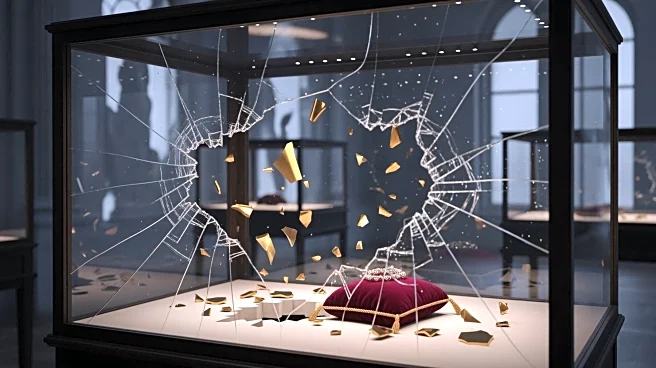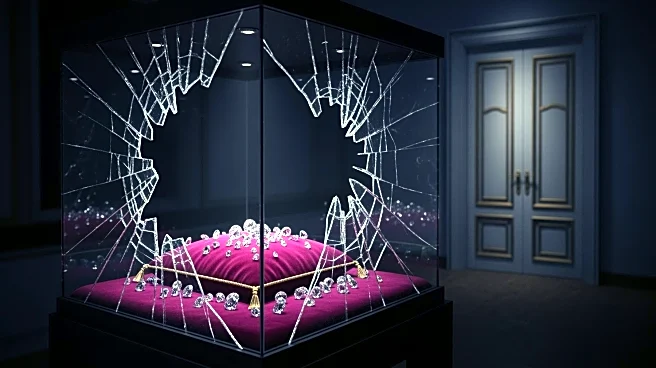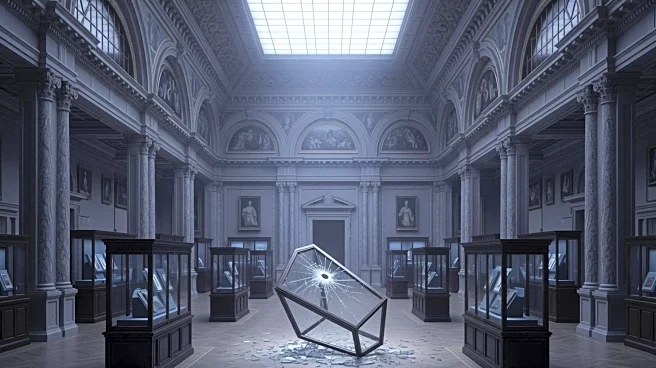What's Happening?
The recent theft at the Louvre Museum is not an isolated incident, as the institution has a history of high-profile heists. The latest theft involved masked thieves stealing priceless jewels in a seven-minute operation. The Louvre, which houses the French
crown jewels and other treasures, has been targeted multiple times over the decades. Notable past incidents include the 1911 theft of the Mona Lisa and various art and jewelry thefts throughout the 20th century. The museum's security has been a concern, with issues like overcrowding and outdated equipment exacerbating vulnerabilities.
Why It's Important?
The repeated breaches at the Louvre highlight ongoing challenges in securing cultural institutions. These incidents underscore the need for robust security measures to protect invaluable cultural assets. The thefts have implications for the museum's reputation and could affect visitor confidence and tourism. Additionally, the incidents raise questions about the adequacy of current security protocols and the need for modernization to prevent future occurrences.
What's Next?
In response to the latest heist, French authorities and the Louvre are likely to implement enhanced security measures. This may include technological upgrades, increased staffing, and structural improvements. The French government has already announced extensive renovation plans for the museum, which could address some of the security concerns. The art world will be closely monitoring the situation, as the recovery of stolen items and prevention of future thefts remain critical priorities.
Beyond the Headlines
The recurring thefts at the Louvre reflect broader issues in the preservation and protection of cultural heritage. The incidents highlight the ethical responsibility of museums to safeguard historical artifacts. They also raise awareness about the cultural and historical significance of the stolen items, emphasizing the need for international cooperation in recovering and protecting cultural property.
